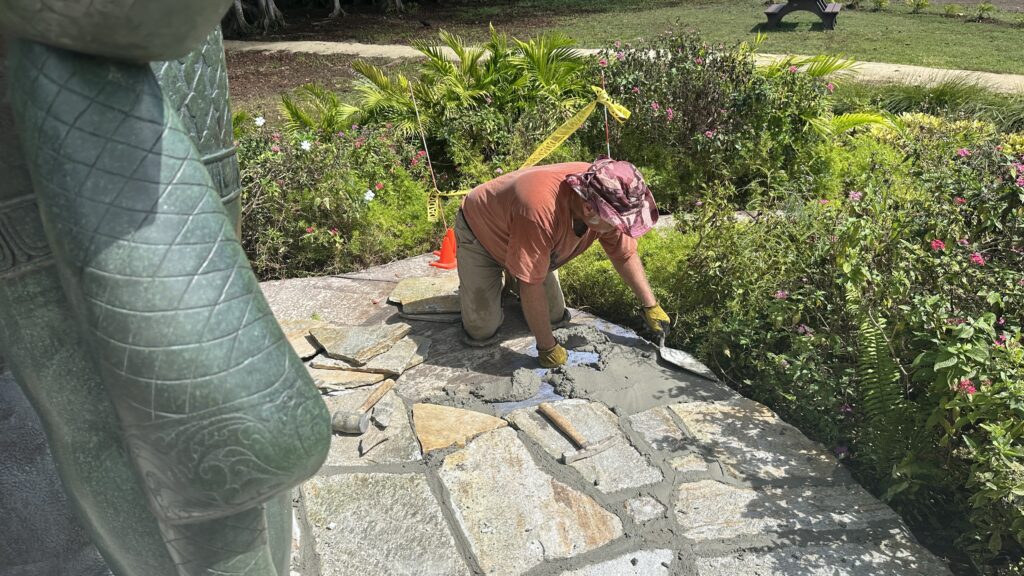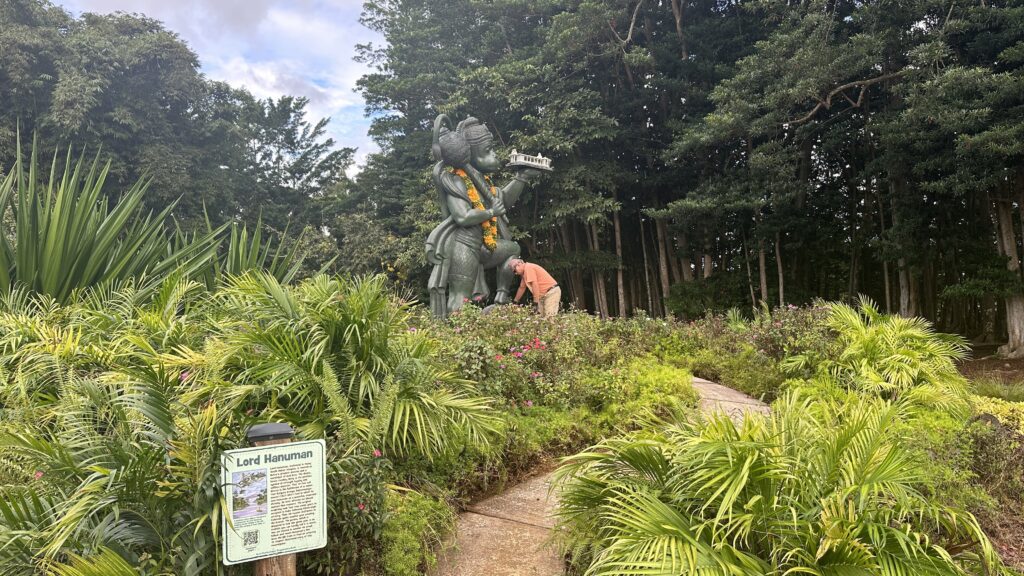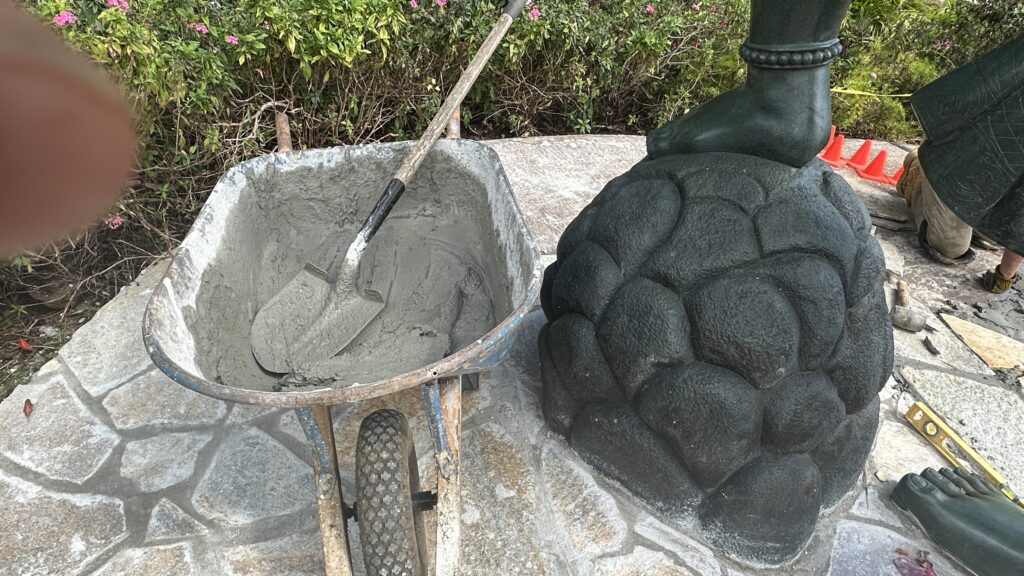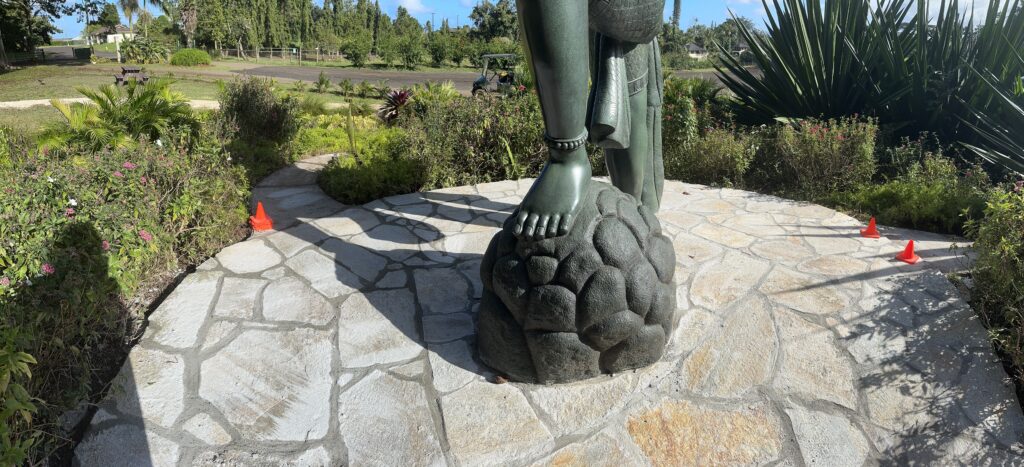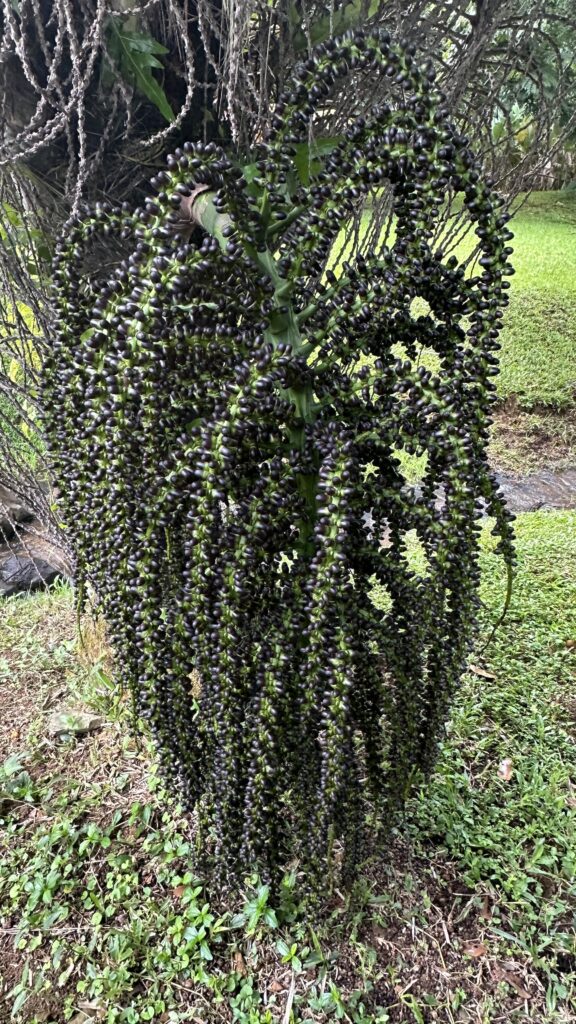Jai to the Nandinatha Sampradaya!
Jai to the Kailasa Parampara!
Jai Satguru Bodhinatha Veylanswami!
Today we celebrate Satguru’s 82nd Jayanti. Throughout the day, many blessings and good wishes have been coming in from throughout the world, and this evening the monks will enjoy a special evening meal with Satguru. The monks of the Siddhidatta kulam have been preparing the bountiful feast, while others have been gathering special gifts and decorating.
Leave your birthday wishes in the comments and we’ll make sure Satguru gets them!
From the Kularnava Tantra:
“And Lord Siva said: How can My subtle perfection, which is one, omnipresent, attributeless, indifferent, undecaying, unattached like space, unbeginning and unending, be an object of worship for the dualistic mind? Hence it is that I as the Supreme Guru have entered into the bodies of human Satgurus.
“Even My gross aspect, being full of light and energy, is imperceptible to human eyes. For this reason I have assumed the form of the Satguru in the world, and thus protect the race of sishyas.
“As Mahesvara, in human body I secretly wander on the Earth in order to favor sishyas. As Sadasiva, I assume the modest and merciful form for the protection of sadhakas. Though remaining above samsara, yet I appear and act in this world as though I were a man of samsara.
“When the fruits of sin predominate, Satguru is seen as a person. And when the fruits of virtuous acts prevail, Satguru is seen as Siva. Like blind men deprived forever of seeing the sun, unfortunate jivas are unable to see the real Satguru, the embodiment of Mahesvara, though He is present before their eyes. It is undoubtedly true that Satguru is Deva Sadasiva Himself, for who is it that grants Liberation to seekers if Satguru be not Siva Himself?
“O Beloved, there is not the least difference between Deva Sadasiva and Sriguru. Whoever makes a distinction between them commits a sin. For by assuming the form of a preceptor, the Gurudeva severs the multitude of bonds which bind jivas to the state of pasu and enables them to attain the Self, Parasivam.“
Aum Namah Sivaya














